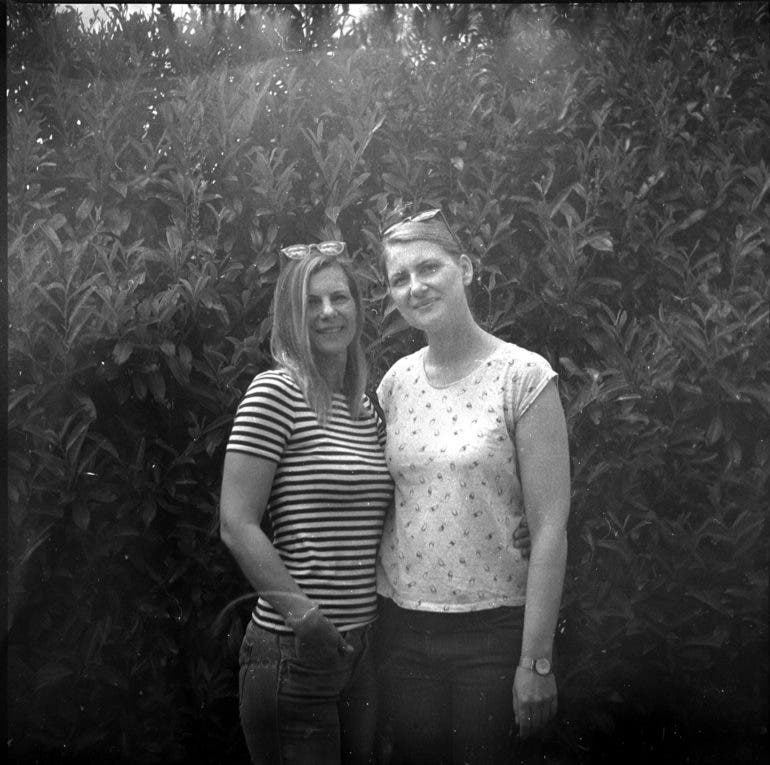A Free Class on How to Develop Film At Home Using Dark Beer
All images by Juan Antonio Hoyos. Used with permission.
“At least here in Germany beer is cheaper than coffee and orange juice, so even if you go with a normal process not using chemicals, beer can be cheaper,” explains photographer Juan Antonio Hoyos to us in an interview. To that end, it’s one of the reasons why he’s been developing his black and white film with beer. Juan is a long time veteran of the analog photography community. And now, he’s teaching you how to develop black and white film at home using beer.
Why develop film with beer? How is that different than coffee or anything else?

Well, first of all, it’s cheaper and easier to get. At least here in Germany beer is cheaper than coffee and orange juice, so even if you go with a normal process of not using chemicals, beer can be cheaper. But the important part is that all of this is organic materials; with the usual chemical mix, you need to dispose of your chemicals in the right way and place (these chemicals are abrasive and bad for the planet). Many people skip the right process and just drop the chemicals down the drain, which is an easy way of poisoning our waters.

Beer, on the other hand, can be disposed of through the drain, and the best part, the beer production is mostly local, which means you are not using imported materials like coffee or chemicals. This way, your developer doesn’t have to travel as far to arrive on your film. All this helps reducing greenhouse gas emissions and contributes to improving our carbon footprint.
Specifically, you’re talking about black and white, right?

Yeah, the process I’ve been trying is made with black and white film. However, I read articles about people using the organic B&W development process to develop color film, and it works as well. However, you will not have the right color looks, but something way more experimental.

What sort of results would you get if you souped the film in beer before shooting it?
As always, film soup is unexpected; beer is a very sugary liquid, so expect to see that sugary water stick to your film even after it is dry, creating dark bubbles and liquid patterns. I once developed a film with Patrice Baunov (he was the one who introduced me to this process, check his Instagram for more crazy stuff). Somehow the part of the film that was supposed to turn negative was positive, and the positive was negative. It was really weird.

We’re naturally in a pandemic right now, so why is it a good time to shoot and develop film at home?
It’s the best time to do it! You are reducing personal contact, and traveling times, you have a lot of free time on your hands, and you are saving money!
Hurry! You can watch Juan’s class for free on Skillshare for a few more days!